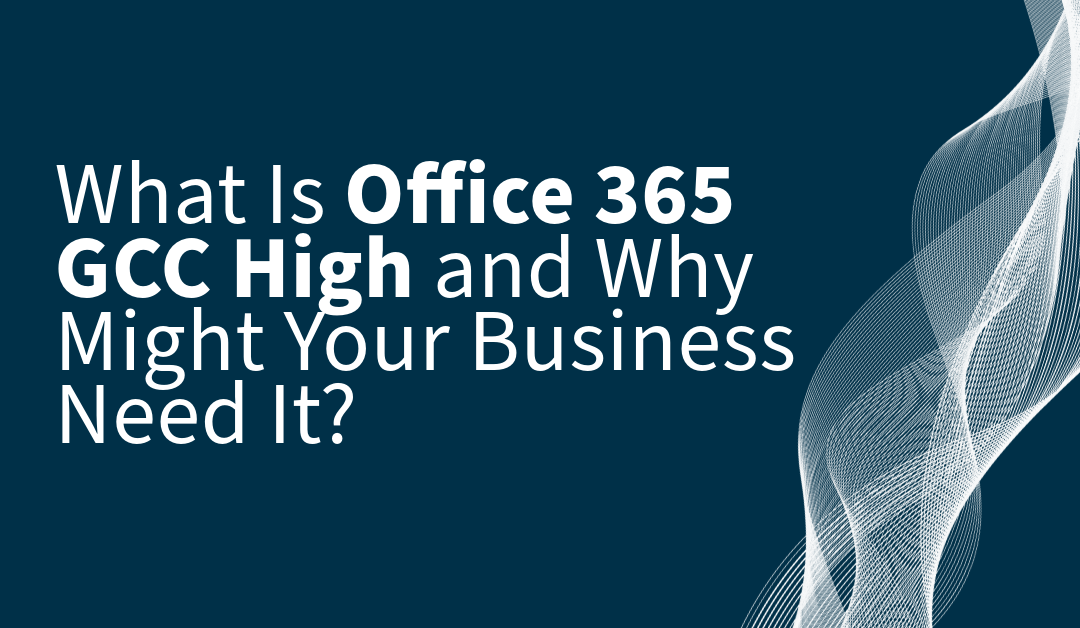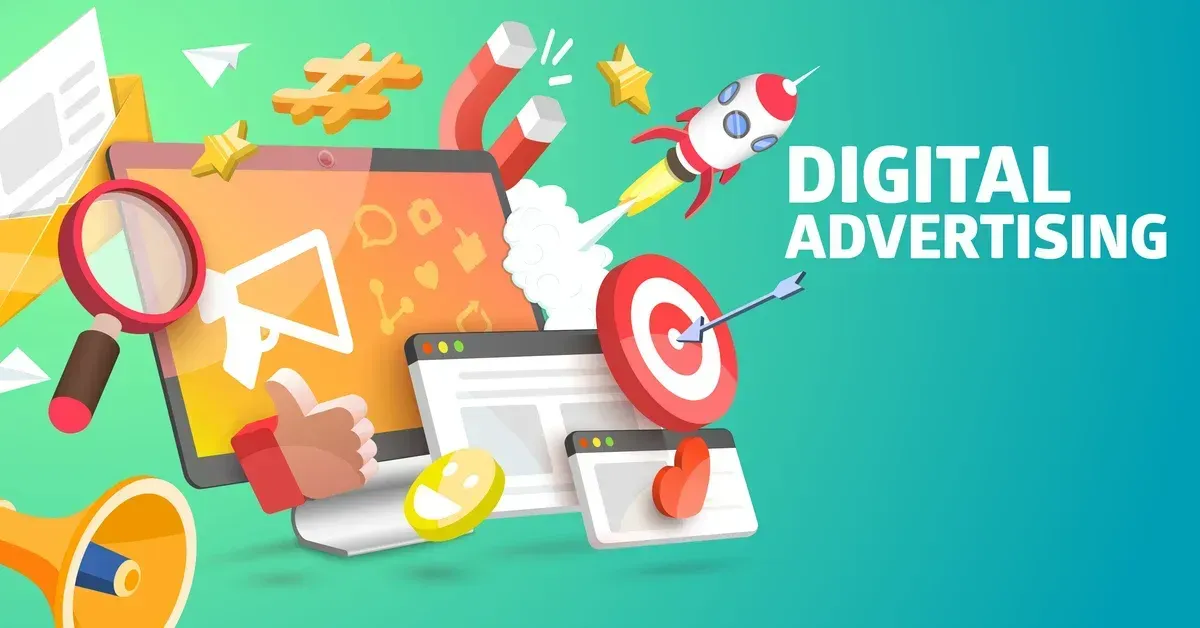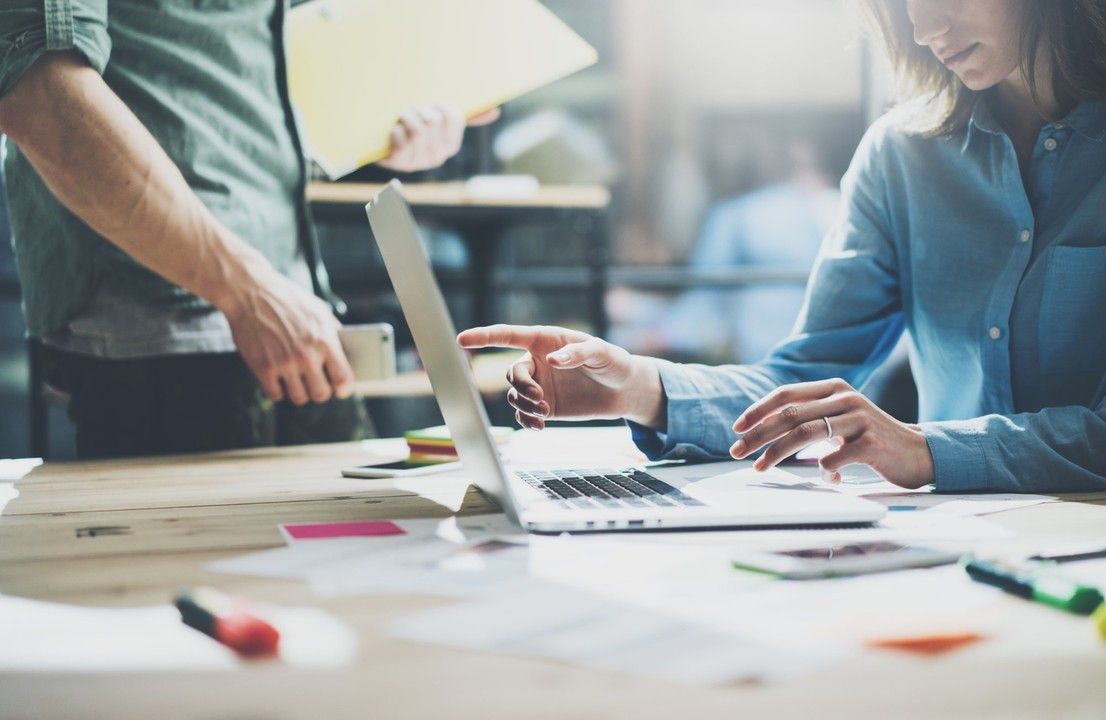Zero Trust Architecture: Protecting Critical Business Assets in a Hybrid World
The Zero Trust Architecture is a transformative cybersecurity framework designed to eliminate implicit trust and enforce stringent validation at every stage of a digital interaction. At its core, the Zero Trust model is built on the principle of "never trust, always verify," ensuring that no user, device, or system is trusted by default, regardless of whether they are inside or outside an organization’s network. This approach focuses on robust authentication methods, network segmentation, advanced Layer 7 threat prevention, and least-access policies that limit users to the minimal permissions necessary for their role. These tools work together to protect today’s increasingly complex digital environments.
In traditional security models, the assumption has always been that users or devices within the organization's network perimeter are inherently trustworthy. This trust has been a weak point for many organizations, as cyber attackers and malicious insiders can exploit it, move laterally across the network, and potentially exfiltrate sensitive information. As organizations undergo digital transformation, embrace hybrid workforces, and migrate critical infrastructure and operations to the cloud, relying on outdated trust-based security models has become increasingly dangerous. A Zero Trust approach is essential to both bolster security posture and reduce operational complexity, offering an adaptive solution for modern cybersecurity challenges.
Step 0: Asset Visibility and Identification
The first critical step in any Zero Trust implementation is achieving comprehensive visibility into the network’s most valuable assets. This includes data, applications, services, and any other digital resources that are fundamental to the organization’s operations. By identifying and cataloging these key assets, organizations can prioritize where to direct security efforts and establish which resources require the highest level of protection. This identification process helps organizations build a more effective and targeted Zero Trust strategy.
Once critical assets have been identified, the next step is to gain a deep understanding of who the users are, what applications they are accessing, and how they are connecting to the network. This granular understanding of user and device behavior is necessary for developing and enforcing policies that limit access based on identity, role, and context. These policies ensure that only authorized individuals or systems can interact with sensitive assets, significantly reducing the attack surface and minimizing security risks.
Extending Zero Trust Across the Organization
A comprehensive Zero Trust architecture must go beyond simply securing user access—it needs to address every layer of the digital ecosystem, from applications to infrastructure. By applying Zero Trust principles across the board, organizations can ensure that every component of their IT environment is protected against potential threats.
- Users: The foundation of Zero Trust starts with user identity verification. Strong authentication mechanisms, such as multi-factor authentication (MFA), help confirm the legitimacy of each user before granting access. Additionally, enforcing least privilege access ensures that users only have permissions necessary for their roles, significantly reducing the risk of internal threats. The integrity of user devices must also be verified before allowing them to connect to the network, preventing compromised or insecure devices from accessing sensitive data.
- Applications: Zero Trust extends to the application layer by removing implicit trust between the various components of an application. In traditional security models, once applications were trusted to operate within the network, their internal communications were not subject to close scrutiny. However, a Zero Trust approach continuously monitors application interactions at runtime, identifying any abnormal or malicious behavior that might indicate a security breach. This allows organizations to detect and mitigate threats early, preventing malicious activities from spreading across applications.
- Infrastructure: The infrastructure that underpins an organization’s digital environment—whether it includes routers, switches, cloud platforms, Internet of Things (IoT) devices, or supply chain elements—must also be secured using Zero Trust principles. Each infrastructure component should be treated as a potential vulnerability, and access to these systems should be tightly controlled. By employing micro-segmentation and isolating different parts of the network, organizations can prevent unauthorized lateral movement and contain threats before they can spread across the broader network.
By taking a holistic approach to security that encompasses users, applications, and infrastructure, Zero Trust provides a powerful framework for defending against today’s sophisticated cyber threats. It adapts to the dynamic nature of modern IT environments, ensuring every interaction is verified and security is maintained at all levels. As digital transformation accelerates, adopting a Zero Trust Architecture is crucial for maintaining a secure and adaptive defense.
Partnering with a top cybersecurity firm like Second Line Technology can make this transition seamless. Our certified engineers bring years of experience in implementing advanced cybersecurity solutions
, from multi-factor authentication and network segmentation to 24/7 threat monitoring and incident response. We tailor our services to your unique needs, helping your organization build a robust Zero Trust framework that protects critical assets and minimizes risk. Contact us
today to secure business networks and applications.
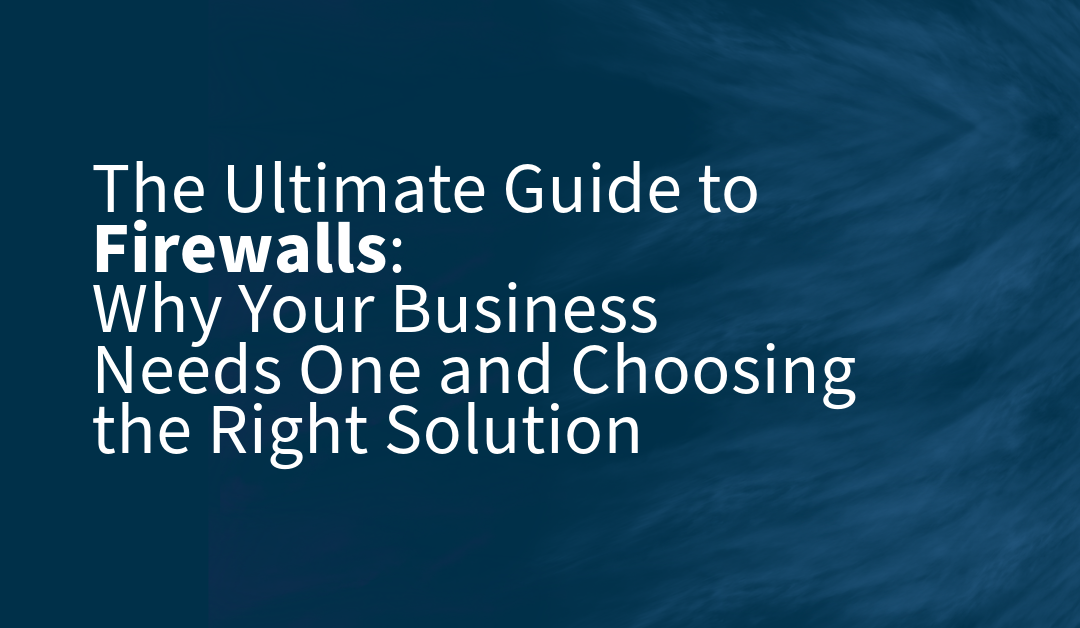
Learn how a robust firewall protects your business from evolving cyber threats, secures sensitive data, ensures compliance, and supports secure remote work. Explore top solutions like SonicWall, Meraki, FortiGate, and Sophos, and discover how Second Line Technology can tailor firewall security to your unique needs.
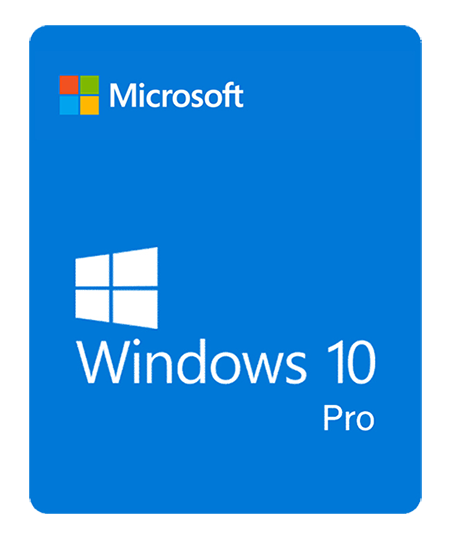
With Windows 10 reaching its End of Life on October 14, 2025, businesses need to plan for a seamless transition to Windows 11. This post highlights the risks of using unsupported software, the benefits of Windows 11's enhanced security features, and the steps required for a smooth migration. It emphasizes the importance of early planning to avoid disruptions and manage hardware and software compatibility. Learn how Second Line Technology can assist in upgrading to Windows 11, ensuring minimal downtime and keeping your business operations running smoothly.


